North Dakota might seem like an endless stretch of prairie and farmland, but those innocent-looking rocks scattered across its fields hold more value and legal protection than you might imagine. Every year, curious tourists get slapped with fines for pocketing what they assume are just ordinary stones.
Understanding why these rocks are off-limits can save you from an awkward run-in with the law and help you appreciate the hidden treasures beneath the state’s soil. Many of these rocks are considered property of the landowner or part of protected geological formations, making unauthorized removal a legal issue.
What seems like a harmless souvenir can actually disrupt ecosystems or interfere with agricultural operations.
1. Private Property Rights Are Strictly Enforced
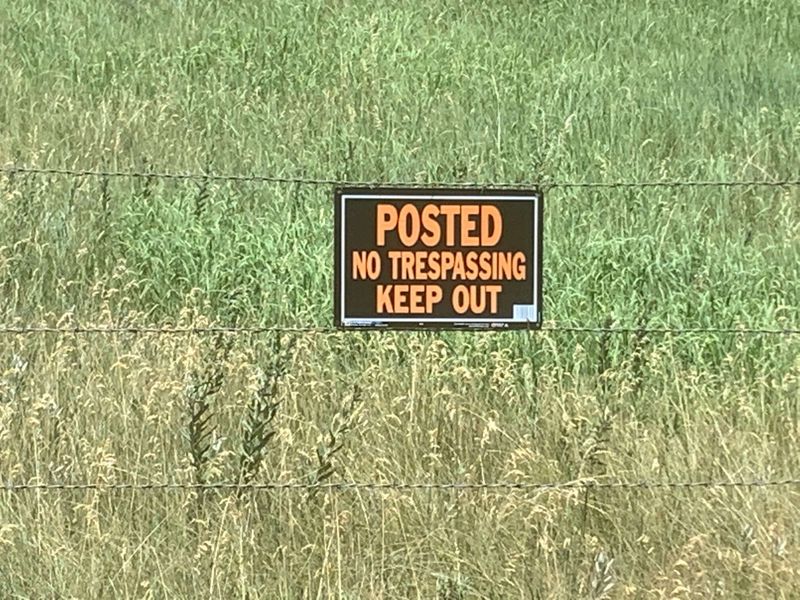
Landowners in North Dakota take their property rights seriously, and those rocks you see sitting in fields belong to someone. Even if a field looks abandoned or unused, chances are it has an owner who pays taxes and maintains legal rights to everything on that land. Removing rocks without permission is considered theft, plain and simple.
Farmers and ranchers rely on their land for livelihood, and unauthorized visitors can cause damage or disruption. Trespassing laws in the state are clear and enforced with real consequences. Many tourists assume that open land means public land, but that is rarely the case in rural areas.
Before you pick up any rock, always ask for permission from the landowner. Most locals are friendly and might even point you toward interesting spots if you approach respectfully. Respecting private property keeps you out of legal trouble and helps maintain good relationships between visitors and residents.
North Dakota’s wide open spaces come with responsibilities, and understanding property boundaries is the first step toward enjoying them safely.
2. Fossils and Prehistoric Treasures Are Protected by Law
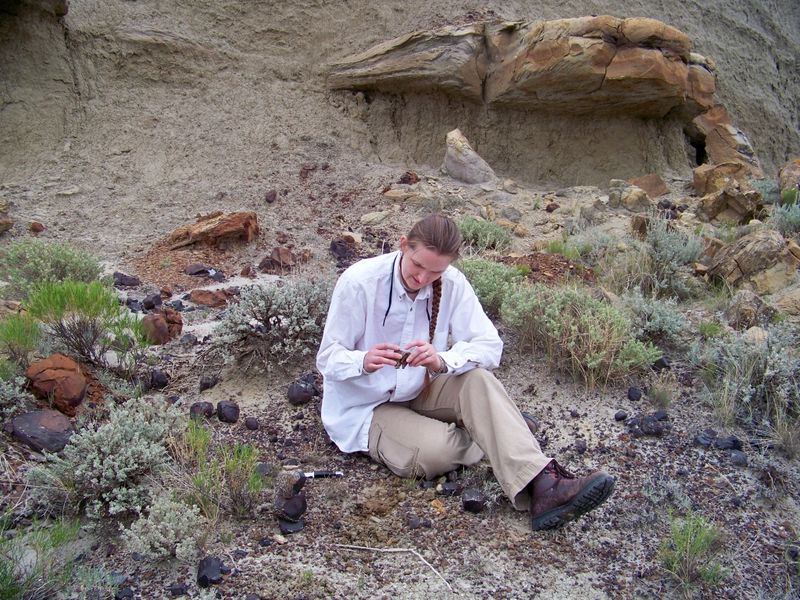
North Dakota sits on land that was once covered by ancient seas and home to dinosaurs millions of years ago. Many rocks in the state contain fossils, petrified wood, and other prehistoric materials that are legally protected under state and federal laws. Taking these items is not just frowned upon but can result in hefty fines and even criminal charges.
The Antiquities Act and various state regulations protect paleontological resources on public and private lands. Scientists depend on these fossils to study Earth’s history, and removing them disrupts important research opportunities. Even if a fossil seems small or insignificant, it could be part of a larger discovery waiting to be made.
If you stumble upon something that looks ancient or unusual, photograph it and report its location to local authorities or a university. You might contribute to scientific knowledge without breaking the law. Respecting these rules helps preserve North Dakota’s rich geological heritage for future generations to explore and learn from in meaningful ways.
3. Agricultural Land Depends on Rock-Free Fields

Farmers spend countless hours and dollars removing rocks from their fields to protect expensive machinery and ensure successful crops. Those piles of stones you see at field edges represent hard labor and careful land management. When tourists take rocks, they might seem harmless, but farmers view it differently because every stone matters to their operation.
Rocks can damage plows, combines, and other equipment, costing thousands in repairs. Clearing fields is an ongoing battle against nature, especially after spring thaws push new rocks to the surface. Farmers often sell or repurpose collected rocks, turning them into gravel roads or selling them for landscaping projects.
Taking rocks from agricultural land interferes with this careful system and shows disrespect for the work farmers do. If you want rocks for a collection or landscaping project, visit a quarry or garden center instead. Supporting local businesses while respecting farmland creates positive experiences for everyone.
North Dakota’s agricultural community welcomes visitors who understand and honor the effort that goes into maintaining productive land year after year.
4. Rare Minerals and Gemstones Have Commercial Value
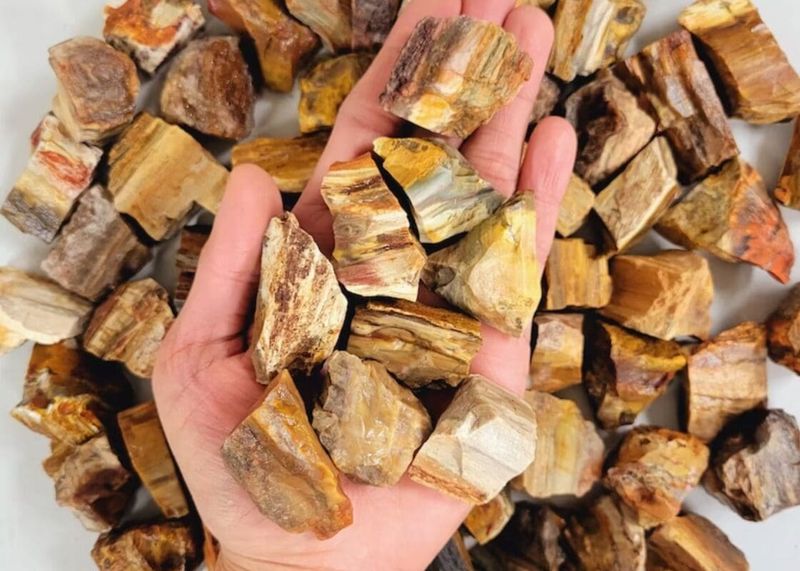
Some of those ordinary-looking rocks in North Dakota fields are actually valuable agates, geodes, and other semi-precious stones. The state is known for its beautiful Knife River flint and colorful agates that rockhounds travel from across the country to find. Landowners are well aware of this value and protect their mineral rights accordingly.
Commercial rock collectors and lapidary artists pay landowners for permission to search their property. Taking rocks without permission essentially steals potential income from property owners. Law enforcement takes these cases seriously because mineral theft can add up to significant financial losses over time.
If you are passionate about rock collecting, join a local rockhounding club or attend organized field trips with proper permissions. These groups know where to legally search and often have relationships with landowners who allow supervised collecting. You will learn more about identifying valuable stones and enjoy the hobby without legal worries.
North Dakota’s geological treasures are worth seeing, but respecting ownership and following proper channels makes the experience rewarding and legal for everyone involved in this fascinating pursuit.
5. State Parks and Public Lands Have Collection Rules

Even on public lands like state parks and recreation areas, taking rocks is typically prohibited or heavily restricted. These rules exist to preserve natural landscapes and prevent erosion or habitat destruction. Park rangers actively enforce these regulations, and violators face fines that can reach several hundred dollars depending on what was taken.
Many visitors assume that public land means everything is free for the taking, but that is a common misconception. Natural features in parks belong to everyone, which means no single person should remove them. Theodore Roosevelt National Park and other protected areas have specific guidelines posted at entrances and visitor centers.
If you want a souvenir from your North Dakota adventure, visit the park gift shop instead. They often sell locally sourced rocks and minerals that were legally obtained. Photography makes an excellent alternative to collecting, letting you capture memories without impacting the environment.
Respecting park rules ensures these beautiful spaces remain intact for future visitors to enjoy. North Dakota’s public lands offer incredible experiences when we all do our part to protect and preserve their natural beauty and geological significance.
6. Cultural and Historical Significance to Indigenous Peoples

Many rocks in North Dakota hold deep cultural and historical significance to Native American tribes who have lived in the region for thousands of years. Knife River flint, for example, was a highly prized material for making tools and was traded across vast distances in prehistoric times. Removing these stones can disturb archaeological sites and disrespect indigenous heritage.
Federal laws like the Archaeological Resources Protection Act protect sites and artifacts on both public and private lands. Violating these laws carries serious penalties, including substantial fines and possible imprisonment. Even picking up an arrowhead or stone tool can be illegal if it comes from a protected site.
Tribal nations continue to have connections to these lands and materials, making their protection a matter of respect and cultural preservation. If you discover what appears to be a tool or worked stone, leave it in place and report it to authorities.
Contributing to the protection of cultural resources honors the rich history of the people who called North Dakota home long before modern settlement. Understanding this deeper context adds meaning to your visit and helps preserve irreplaceable connections to the past.
7. Environmental Impact of Rock Removal
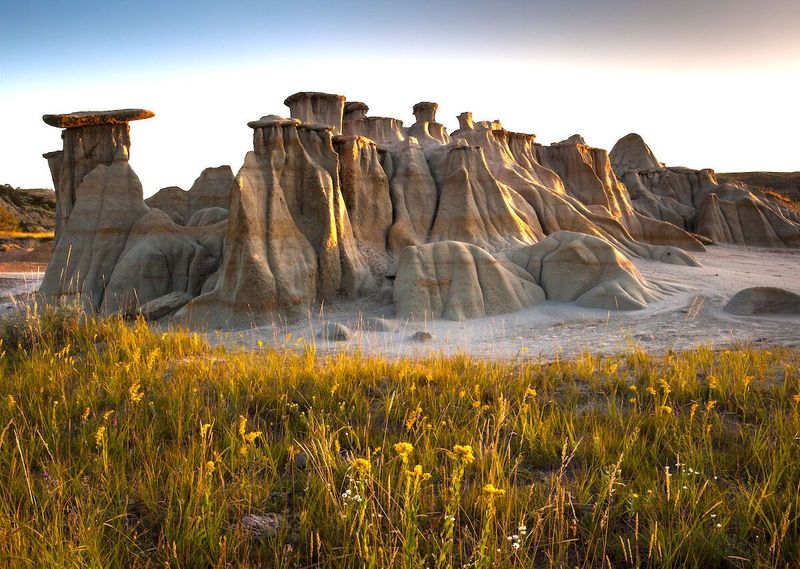
Rocks play important roles in prairie ecosystems that most people never consider. They provide shelter for small mammals, reptiles, and insects while helping regulate soil temperature and moisture. Removing rocks disrupts these delicate habitats and can harm species that depend on them for survival.
In arid and semi-arid regions like North Dakota, rocks help prevent soil erosion by breaking wind and water flow across the landscape. They also create microhabitats where rare plants can take root and thrive. When visitors remove rocks, they unknowingly damage ecological balance that took centuries to develop.
Conservation efforts focus on maintaining natural landscapes in their original condition whenever possible. Even small actions like taking a single rock can have ripple effects when multiplied by thousands of visitors each year. Leaving rocks where you find them supports biodiversity and helps preserve North Dakota’s unique prairie character.
Appreciating nature means understanding that everything has a purpose, even the stones beneath your feet. Protecting these seemingly simple elements contributes to healthier ecosystems and richer wildlife experiences for everyone who visits this remarkable state.
8. Legal Penalties and Enforcement Actions
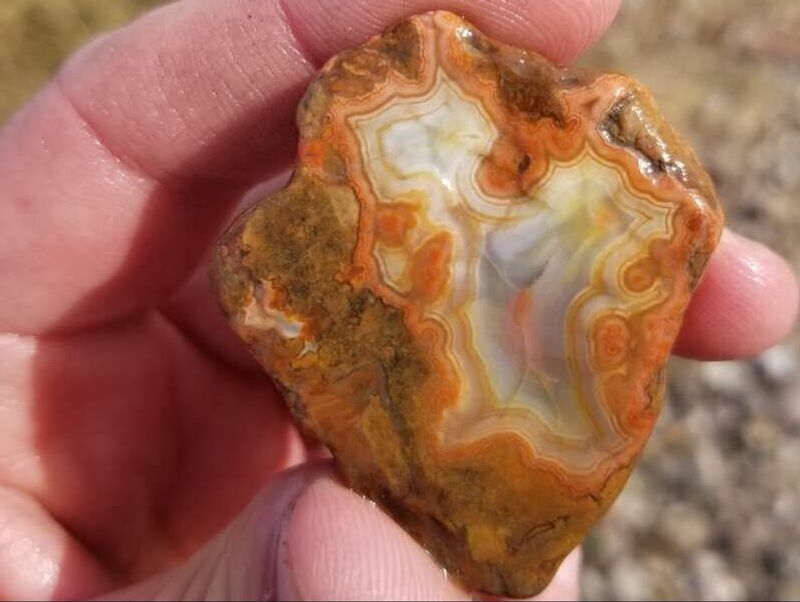
Getting caught taking rocks from North Dakota fields can result in fines ranging from a few hundred to several thousand dollars depending on what was taken and where. Repeat offenders or those who remove valuable materials face even steeper penalties. Law enforcement takes these violations seriously because they affect landowners, cultural resources, and the environment.
Sheriff departments and state agencies work together to patrol rural areas and respond to reports of trespassing or theft. Many landowners have installed cameras and surveillance systems to protect their property. What might seem like a harmless souvenir hunt can quickly turn into an embarrassing and expensive legal situation.
Court appearances, legal fees, and permanent records are possible consequences that far outweigh the value of any rock you might want to take. Tourists who understand and follow the rules avoid these problems entirely. When in doubt, ask permission or simply enjoy the scenery without taking anything physical home.
North Dakota welcomes visitors who respect its laws and landscapes, making everyone’s experience better and keeping the focus on positive memories rather than legal troubles that could have been easily avoided.
9. Tourism Education and Visitor Responsibility
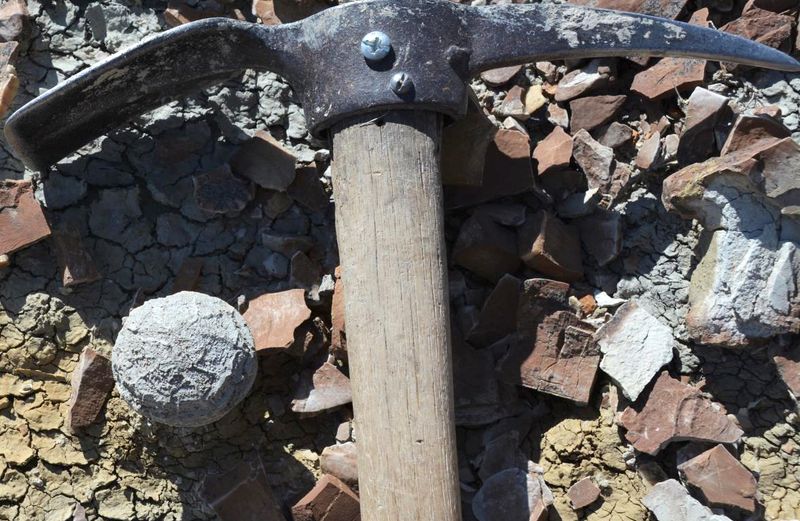
North Dakota tourism organizations work hard to educate visitors about responsible travel and local regulations. Visitor centers, websites, and brochures provide clear information about what you can and cannot do while exploring the state. Taking a few minutes to read these materials prevents misunderstandings and helps you make the most of your trip.
Many attractions offer guided tours where knowledgeable staff explain the geology, history, and ecology of the area. These experiences are far more enriching than simply grabbing rocks and leaving. You will learn fascinating facts and gain deeper appreciation for what makes North Dakota special.
Responsible tourism benefits everyone by preserving natural and cultural resources while supporting local economies. When visitors follow the rules, communities remain welcoming and open to sharing their treasures. Social media has made it easier than ever to spread awareness about proper etiquette and legal requirements.
Sharing your positive experiences and knowledge with fellow travelers creates a culture of respect and conservation. North Dakota offers incredible adventures for those willing to engage thoughtfully and follow guidelines that protect the state’s unique character for generations to come.
10. Alternatives for Rock Enthusiasts and Collectors
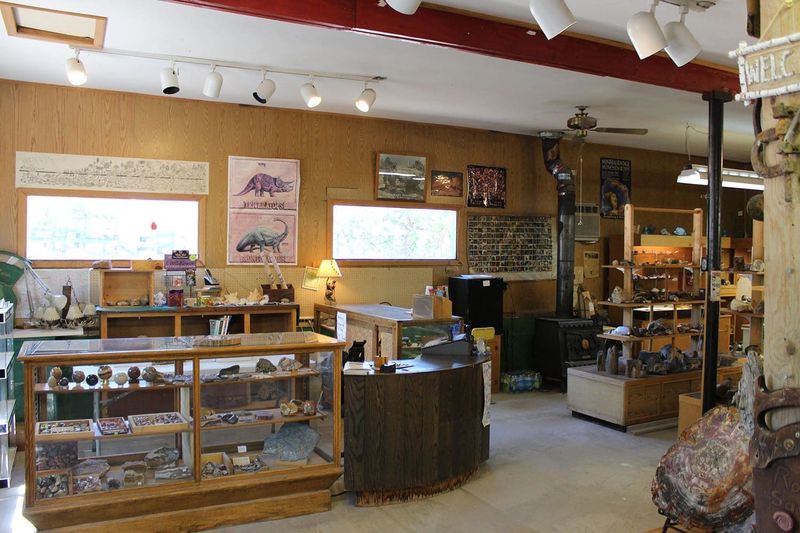
Rock lovers visiting North Dakota have plenty of legal ways to build their collections and enjoy their hobby. Local rock shops and mineral dealers sell beautiful specimens that were ethically and legally obtained. Supporting these businesses helps the local economy while giving you authentic North Dakota treasures to take home.
Rockhounding clubs throughout the state organize field trips to approved locations where collecting is permitted with landowner consent. Joining these groups connects you with experienced collectors who share tips and knowledge. You will discover the best spots and learn proper identification techniques that make collecting more rewarding.
Some commercial operations offer fee-based digging experiences where you can keep what you find. These venues provide tools, guidance, and legal peace of mind. Photography and sketching offer wonderful alternatives for documenting interesting rocks without removing them. Creating a digital or artistic collection lets you remember your finds while leaving them for others to discover.
North Dakota’s geological wonders are meant to be appreciated and shared, and following legal channels ensures this hobby remains enjoyable and accessible for everyone who loves the natural world and its hidden treasures.
Dear Reader: This page may contain affiliate links which may earn a commission if you click through and make a purchase. Our independent journalism is not influenced by any advertiser or commercial initiative unless it is clearly marked as sponsored content. As travel products change, please be sure to reconfirm all details and stay up to date with current events to ensure a safe and successful trip.